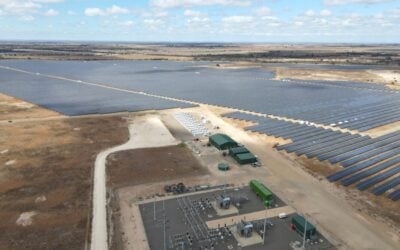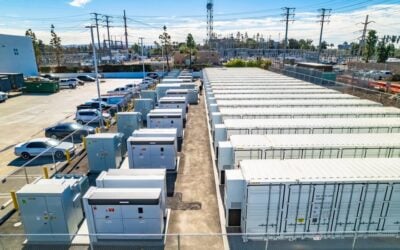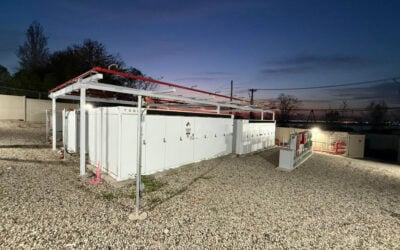Con Edison is keen to avoid having to build substation infrastructure in New York. Image: flickr User: PDTillman.
One of the largest investor-owned utilities in the USA is looking to use a series of measures that are likely to include customer-side energy storage in order to stave off the need for US$1 billion worth of infrastructure investment.
Con Edison, which serves the New York area, submitted a petition to the state’s Public Utility Commission on 15 July to begin a new demand management programme in the boroughs of Brooklyn and Queens. Con Edison’s petition states that meeting increasing demand in some of its serviced areas, if unchecked, will require investment in substations that could cost as much as US$1 billion.
If approved, the utility will add “non-traditional customer-side and utility-side electricity demand reduction solutions” to its existing programmes for demand management. The programme is aimed at reducing demand and one of the main measures for doing so would be the addition of 52MW of customer-sided demand management – i.e. electricity storage – by 2018.
In Con Edison’s petition to the commission, the mix of customer and utility-sided solutions is yet to be determined but it states:
Try Premium for just $1
- Full premium access for the first month at only $1
- Converts to an annual rate after 30 days unless cancelled
- Cancel anytime during the trial period
Premium Benefits
- Expert industry analysis and interviews
- Digital access to PV Tech Power journal
- Exclusive event discounts
Or get the full Premium subscription right away
Or continue reading this article for free
“The company’s proposal anticipates approximately three-quarters of the reduction would come from the customer-side, typically deployed on customer property and behind the customer’s meter, and the remainder from the utility-side, directly connected to the distribution network.”
Con Edison believes residential energy storage systems could be part of the answer to its need for billion-dollar investment. Image: ASD Sonnenspeicher.
Cosmin Laslau, an analyst with Boston-based Lux Research, told PV Tech Storage that thee announcement “fits into a larger pattern of developers increasingly looking to energy storage at relatively downsized scales – units designed for residential and small commercial applications”.
Laslau went on to explain that the work of companies such as SolarCity and Tesla, deploying storage to integrate solar at residential and small commercial scale will proliferate. Laslau said that due to the cost of batteries remaining high, it was important that other metrics are taken into account, as well as the fact that Con Edison’s proposal is not solely limited to batteries and would include an as yet undetermined mix of other measures such as energy efficiency and traditional demand response.
SolarCity co-founder Peter Rive wrote on his company’s blog in April that while it was feasible that PV system users could go totally off-grid with storage, SolarCity has “no interest in this scenario”. Rive’s blog went on to say that demand management through storage was best put in the hands of grid operators and utilities, where it could be an “immensely powerful solution”.
Similarly, in a recent interview with PV Tech Storage, Solarcity public policy spokesman Will Craven said that although there had been tensions between solar and the electric utility industry historically, storage offered a good opportunity to address some of the technical causes of that tension.
“…one would think that in the 21st Century, batteries are one of the main pieces of infrastructure by which you’re really going to manage and smooth grids for maximum efficiency,” Craven said.





